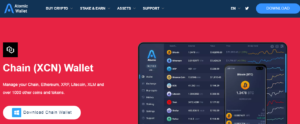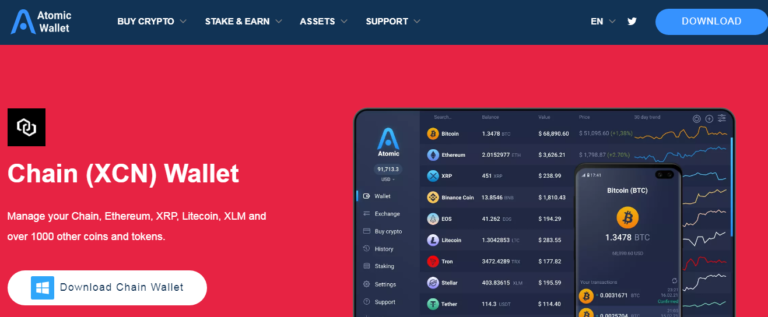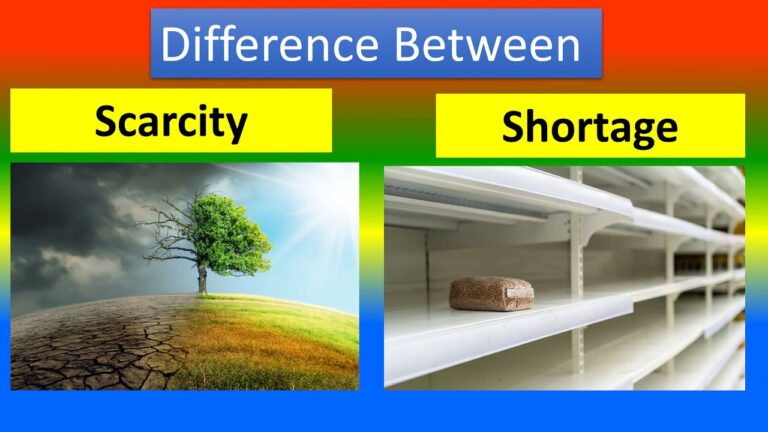In an era where digital assets are reshaping financial paradigms, Tether (USDT) emerges as a cornerstone, balancing innovation with stability. This article delves deep into the fabric of Tether, unraveling its mechanism, historical context, and the critical role it plays in the digital currency ecosystem.
From its inception to its wide acceptance and unique features, we explore the multifaceted aspects of this digital asset, providing valuable insights for enthusiasts and professionals alike.
What is Tether (USDT)?
Tether, commonly known as USDT, stands as a formidable digital asset in the top five of its kind. Its profound impact and widespread adoption have made it a cornerstone in the digital currency domain. Tether transcends the typical expectations of digital assets by combining the best of both worlds: the innovation of digital currencies and the stability of traditional ones.
The Evolution and Growth
The journey of Tether began as an answer to the expanding digital financial landscape and the inherent challenges it faced, such as market volatility and accessibility barriers. It has grown to be a bridge between traditional banking systems and the new digital economy, offering global access to financial services with just an internet connection, circumventing the traditional banking system’s complexities.
The Structure and Stability
Tether’s operational model is rooted in stability, being pegged to the US dollar on a one-to-one basis. This innovative digital asset was first traded under the moniker Realcoin in 2014. Over time, Tether has evolved to become interoperable with various blockchains, including Ethereum and TRON, enhancing its accessibility and utility. To ensure parity with the US dollar, Tether’s reserves are a blend of liquid assets, including commercial paper and treasury bills, addressing concerns about its backing and maintaining market confidence.
The Unique Value in the Digital Market
The principal appeal of Tether lies in its stability, a contrast to the typical volatility seen in the digital asset market. This consistency makes Tether a reliable medium of exchange and a store of value, mirroring the US dollar’s worth. Its widespread adoption and trading volume underline its pivotal role in the digital currency ecosystem.
The Founders and Expansion
Tether’s inception can be traced back to three crypto visionaries: Brock Pierce, Reeve Collins, and Craig Sellars. Their combined expertise in the field led to the development of Tether and its subsequent diversification. The company has since expanded its offerings to include Tether coins pegged to the Euro, Chinese Yuan, and even gold, addressing market volatility in various sectors.
How Does It Operate?
Tether distinguishes itself in the digital finance arena by not relying on a proprietary blockchain. Instead, it leverages the robust infrastructure of established blockchains such as Bitcoin, Ethereum, EOS, Tron, Algorand, Bitcoin Cash, and OMG. This strategic move allows Tether to benefit from the security and efficiency of these well-established networks.
Despite this, Tether retains the fundamental characteristics of digital assets. It is stored and transacted through blockchain-specific wallets. It’s crucial to note the blockchain compatibility – for instance, Tether on the Ethereum network cannot be sent to a Tron-based wallet. Such a misstep could lead to irreversible loss of assets.
To ensure stability in a fluctuating market, the circulating supply of Tether must be equivalent to the U.S. dollars held in reserve. These reserves are a composite of cash equivalents, other assets, and receivables from loans. Tether thus serves as a stable intermediary for USD transactions and a safeguard against market volatility.
Understanding USDT
USDT is the digital representation of the US dollar, maintained at a 1:1 value ratio under the Tether brand. It is the most widely utilized digital dollar representation in the market, boasting a circulation of approximately 72.5 billion. Its infinite supply model caters to the growing demand in the digital finance world.
USDT’s stability is its hallmark, providing investors with a refuge during market downturns. It allows for the preservation of value without the need to convert digital assets into cash, thus maintaining investment continuity.
Acquiring Tether
Incorporating Tether into a digital asset portfolio is straightforward. Platforms like the Tap mobile trading app facilitate this process. After a simple Know Your Customer (KYC) procedure, users can access various digital markets and securely store their assets in integrated digital wallets.
Tether’s potential is amplified by applications like Tap, which bridge the gap between digital finance and real-world transactions. The Tap prepaid card, for example, enables payments at over 40 million merchants globally, showcasing the practical utility of digital assets in everyday life.
The Role in Digital Finance
- Global Accessibility: Tether breaks down financial barriers, offering global access to U.S. dollar-equivalent assets;
- Market Influence: Its widespread use impacts trading volumes and liquidity in the digital asset market;
- Risk Management: Tether acts as a hedge against market volatility, offering stability in times of uncertainty;
- Innovative Use Cases: From remittances to online payments, Tether is finding new applications in various sectors.
The Future Prospects
As the digital asset landscape evolves, Tether’s role becomes increasingly significant. Its adaptability to various blockchain networks hints at future expansions and integrations. The potential for Tether to facilitate cross-border transactions and democratize access to U.S. dollar-equivalent assets cannot be understated.
With ongoing developments in blockchain technology, Tether’s utility and acceptance are poised to grow, further cementing its place in the digital finance world.
Conclusion
Tether, or USDT, stands as a pivotal component in the digital finance ecosystem. Its integration with multiple blockchain networks, combined with its role as a stable digital asset, addresses key challenges in the market.
As a bridge between traditional and digital finance, Tether not only provides stability and accessibility but also opens avenues for innovative financial solutions. Its future, intertwined with the evolution of digital finance, holds promising prospects for broadening the scope and utility of digital assets.






